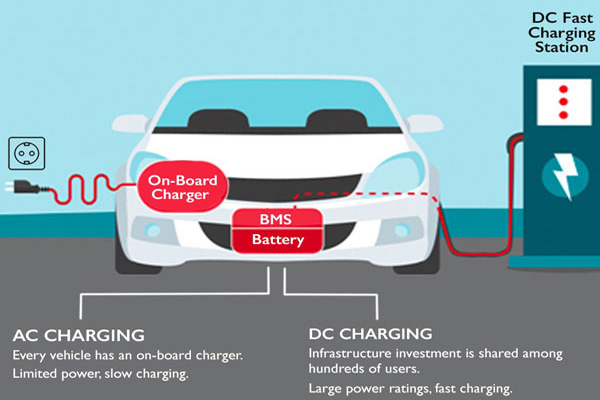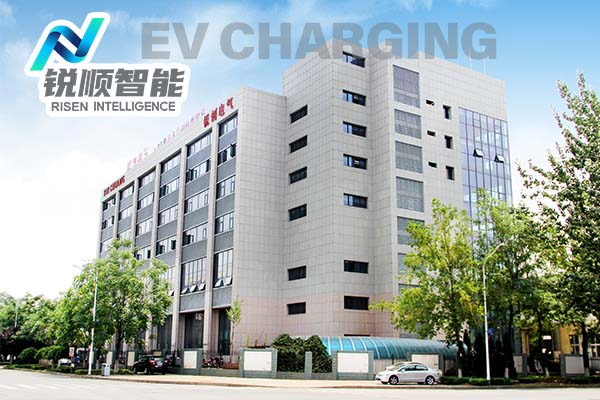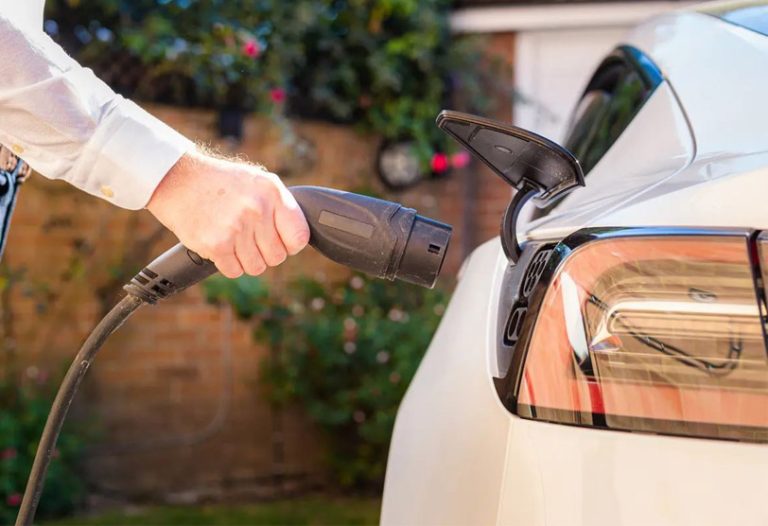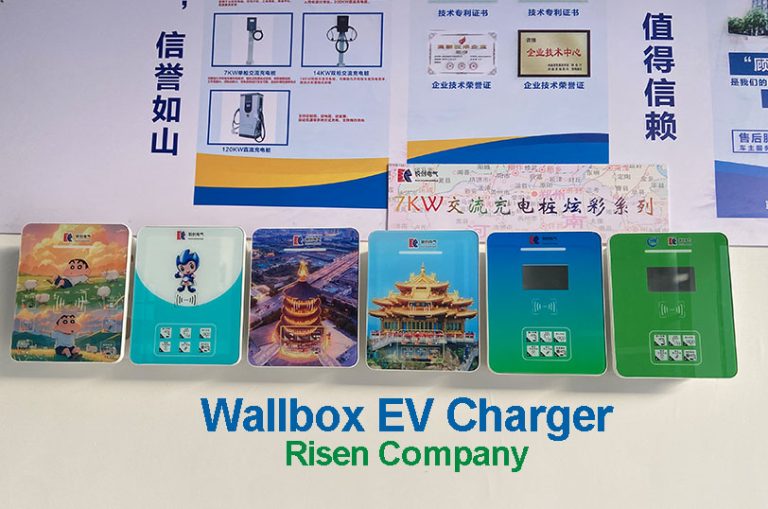There are multiple factors influencing the charging speed of electric vehicles (EVs). Ranked from most to least significant, the main factors and their impact are as follows:
🔋 EV Charging Speed – Key Factors & Estimated Impact
| Rank | Factor | Description | Estimated Impact (%) |
|---|---|---|---|
| 1 | Charging Power (kW output) | Directly determines how much energy is delivered per unit time; most critical | 40% |
| 2 | Battery Capacity & State of Charge (SOC) | Low SOC allows faster charging; above 80%, speed drops significantly to protect the battery | 20% |
| 3 | Charging Method (DC vs. AC) | DC fast charging bypasses onboard converter; AC charging is slower and limited by onboard charger | 15% |
| 4 | Battery Technology & Health (SOH) | Aged or degraded batteries accept charge more slowly; different chemistries affect charging profiles | 10% |
| 5 | Ambient Temperature | Very cold or hot environments can slow charging due to system protections | 7% |
| 6 | Battery Management System (BMS) | Controls current, preconditioning, and protection features; affects real-time charging behavior | 5% |
| 7 | Grid Voltage Stability | Unstable or low voltage reduces actual power output, especially for AC home charging | 3% |
1. Charging Power (Most Critical Factor)
- Core Impact: Charging power directly determines how much electricity is delivered to the battery per unit of time. The higher the power, the faster the charging.
- Example: A 60 kW fast charger can charge approximately 8.5 times faster than a 7 kW home charger.
- Technical Principle: DC fast charging delivers power directly to the battery at high power levels, while AC charging must go through the vehicle’s onboard charger, which limits the power.
2. Battery Capacity and State of Charge (SOC)
- Battery Capacity: Larger batteries take longer to charge fully (e.g., a 100 kWh battery takes more time than a 60 kWh one).
- SOC Level:
- Charging is typically faster below 80% SOC.
- Beyond 80%, current is significantly reduced to protect the battery (a process known as “trickle charging”), which increases the remaining charging time.
- Example: Charging from 20% to 80% may take 30 minutes, while charging from 80% to 100% can take over an hour.
3. Charging Method (DC Fast Charging vs. AC Slow Charging)
- DC Fast Charging: Bypasses the onboard charger, delivering high power (tens to hundreds of kW) directly to the battery. Suitable for rapid top-ups.
- AC Charging: Relies on the onboard charger and is typically limited to 22 kW or less. More suited for overnight or home charging.
4. Battery Technology and Condition
- Battery Type:
- NMC (Nickel Manganese Cobalt) batteries typically charge faster in warm conditions than LFP (Lithium Iron Phosphate) batteries, though LFP offers better thermal stability.
- State of Health (SOH):
- Aged or degraded batteries accept charge more slowly.
- Example: A battery used for over 3 years may take 10–20% longer to charge.
5. Ambient Temperature
- Cold Environments: Reduce battery activity, significantly slowing down charging (e.g., charging at -20°C may take 50% longer than at 25°C). Some EVs require battery pre-heating.
- Hot Environments: While battery activity is higher, charging systems may reduce power to prevent overheating, also slowing the process.
6. Battery Management System (BMS)
- Protective Mechanisms: The BMS adjusts charging current based on battery temperature, health, and other factors to prevent overcharging or overheating. This may limit charging speed.
- Model Differences: Different manufacturers use different strategies (e.g., Tesla’s “battery preconditioning” improves fast charging; others may apply more conservative limits).
7. Power Grid Voltage Stability
- Voltage Fluctuations:
- Unstable household voltage (e.g., 220V supply) can reduce actual charging power.
- Example: A 7 kW charger may only deliver 5 kW under low-voltage conditions, increasing charging time.
Summary: Ranking of Key Factors (High to Low Impact)
- Charging Power
- Battery State of Charge (SOC) and Capacity
- Charging Method (DC / AC)
- Battery Technology and Health
- Ambient Temperature
- Battery Management System (BMS)
- Grid Voltage Stability








